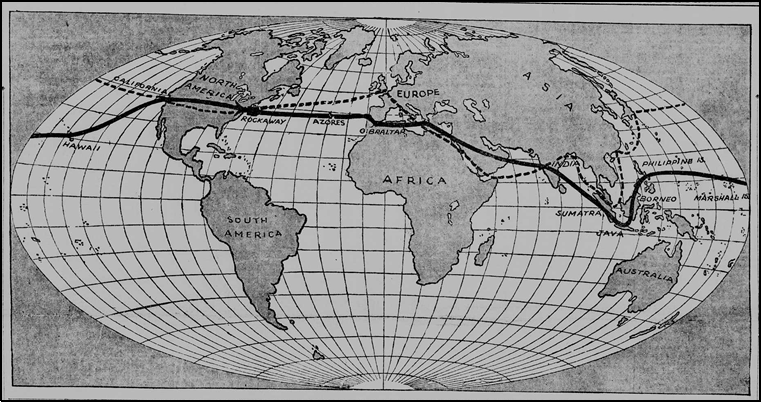Conquests of the Air
The resources in this primary source set are intended for classroom use. Click on a thumbnail image to view the original resource and download link for viewing and saving.

PDF
Beneath a blistering sun, a crowd of 50,000 persons in St. Louis watched the silken folds round out as the gas poured in until the envelope would hold no more. At 20 minutes after 7 o'clock on the evening of July 1, 1859, Wise gave the word to let go and the great voyage was begun. They travelled from St. Louis to Buffalo in one night.
Melvin Vaniman in his big airboat attempted to cross the Atlantic in four days. Combined horsepower 280, investment $100,000, diameter 47 feet, length 258 feet, and 3 engines.
Great progress made towards useful machines. The flying machine with flapping wings is the gammeter orthopeter entered in St. Louis, weighed 490 pounds with operator and fuel. The engine was 7 horsepower and was expected to give the wings 75 strokes a minute.
Crossing the Atlantic by air. A machine with 1,000 square feet of lifting surface or more, driven by one motor of 200 horsepower. These things can be done and are done.
As explained by Professor Frank Waldo, PhD, aeroplane voyagers will find problems in the air, such as the lower currents, the upper currents, the crosswinds, and the fog.
Many speculated as to who would cross the Atlantic by air. At one time, there was a debate about whether it would be a dirigible balloon or an aircraft. In 1910, the Zeppelin V had just been completed and boasted a speed of 37 miles an hour.